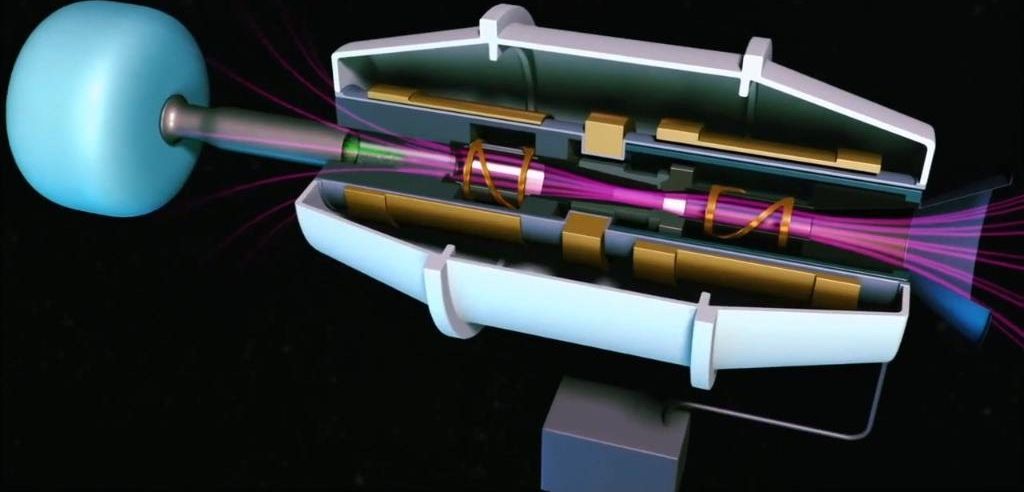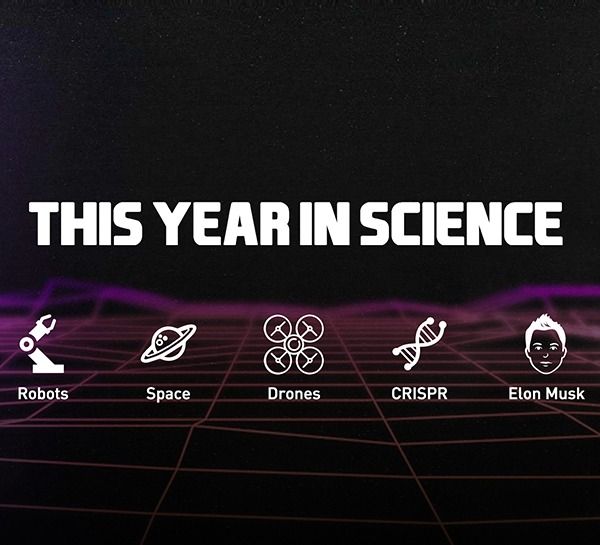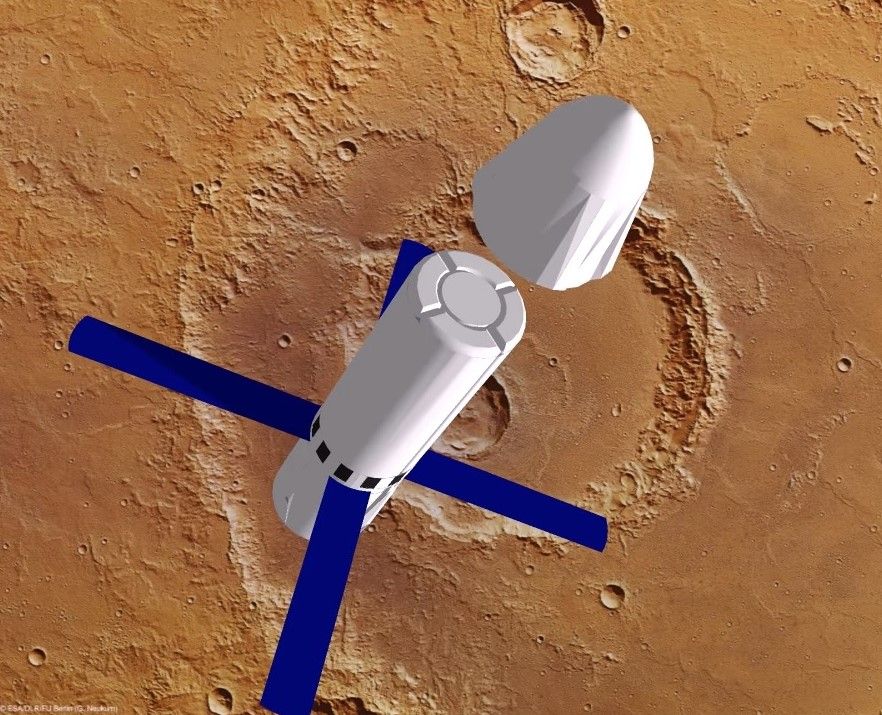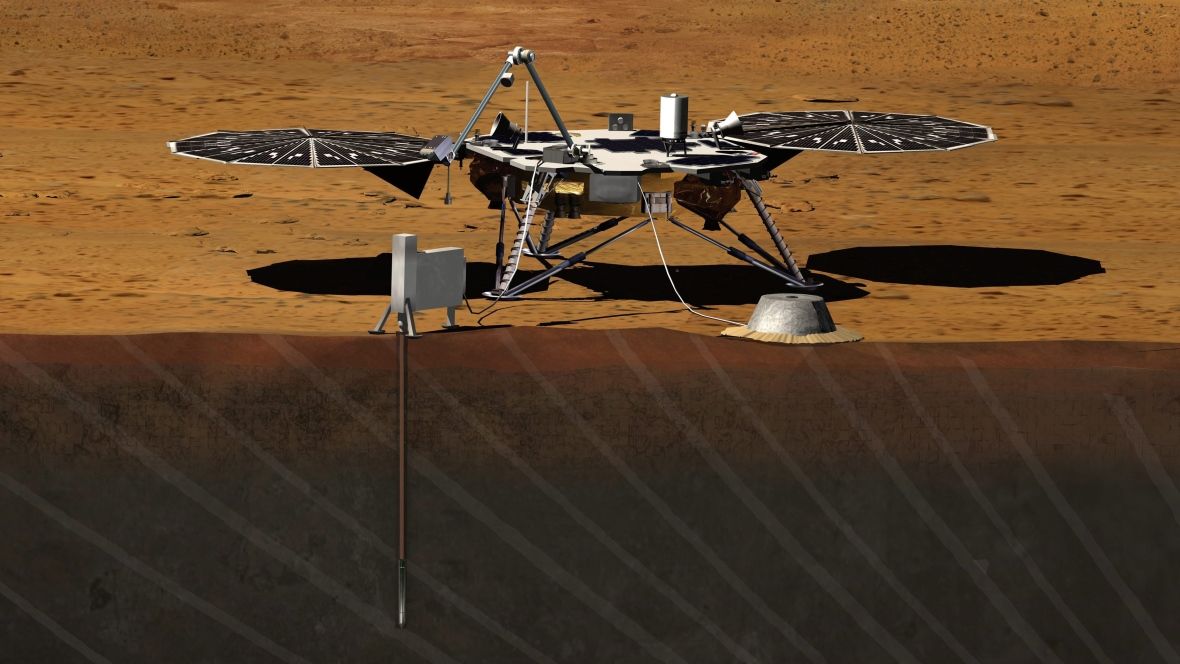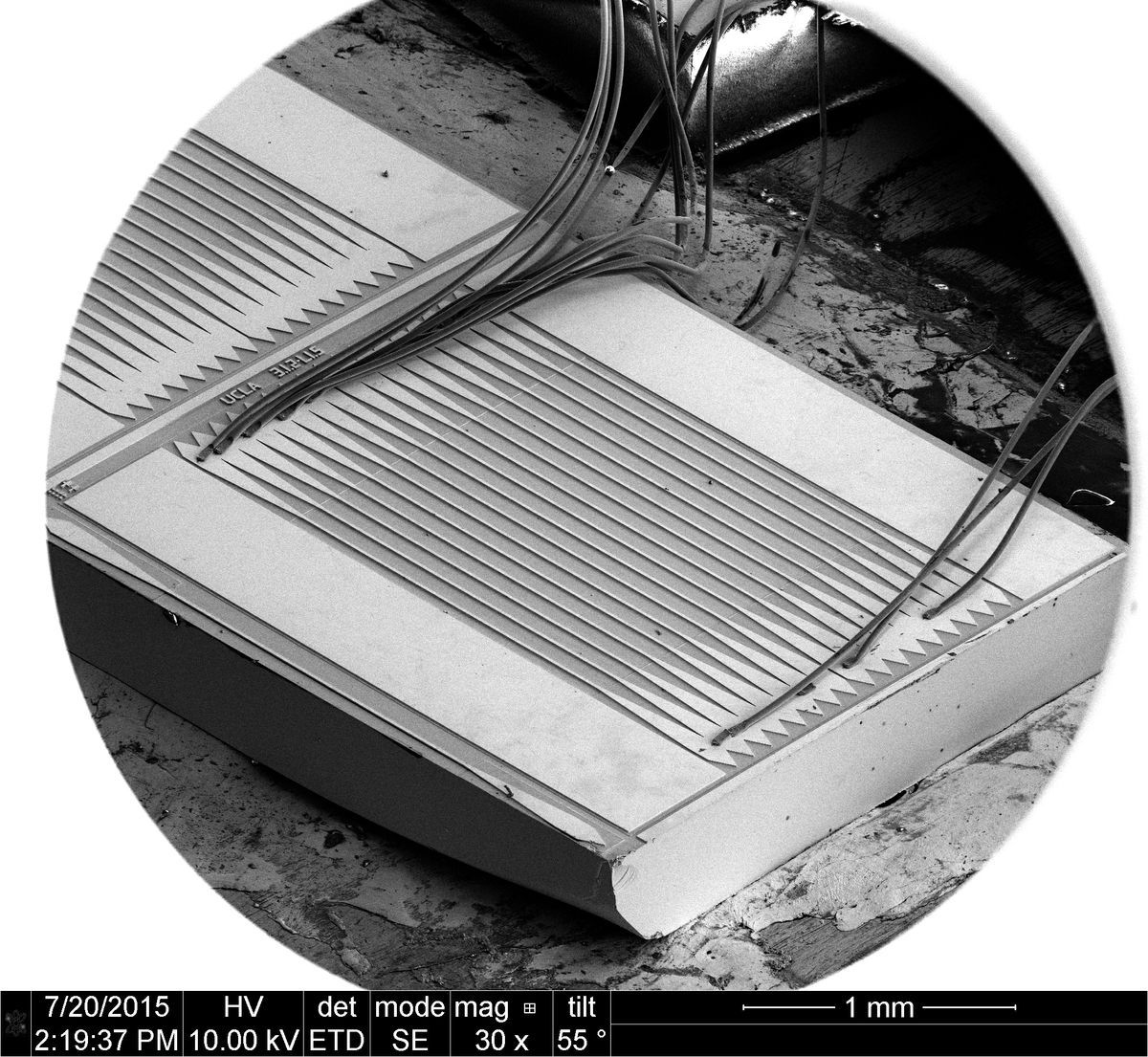https://youtube.com/watch?v=TiZuG9K_xso
NASA recently provided $10 million in funding to Ad Astra Rocket Company of Texas for further development of its Variable Specific Impulse Magnetoplasma Rocket (VASIMR), an electromagnetic thruster capable of propelling a spaceship to Mars in just 39 days. NASA’s funding was part of the “12 Next Space Technologies for Exploration Partnership.” Ad Astra’s rocket will travel ten times faster than today’s chemical rockets while using one-tenth the amount of fuel.
The VASIMR system would cut the trip to Mars by months according to Franklin Chang Diaz, a former MIT student, NASA astronaut, and now CEO of Ad Astra.
According to Diaz, “this is like no other rocket that you may have seen in the past. It is a plasma rocket. The VASIMR Rocket is not used for launching things; it is used for things already in orbit. This is called “in-space propulsion.”
